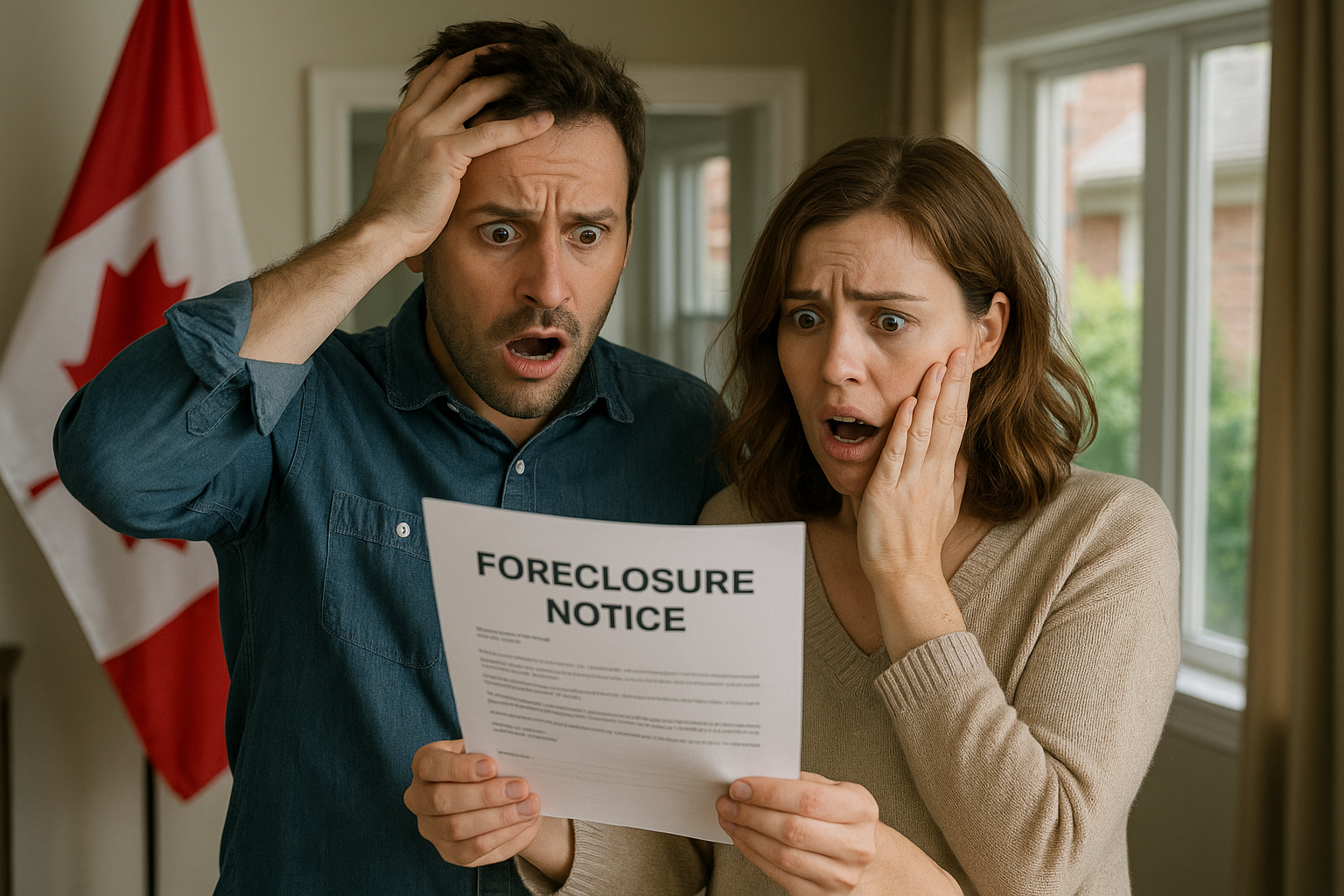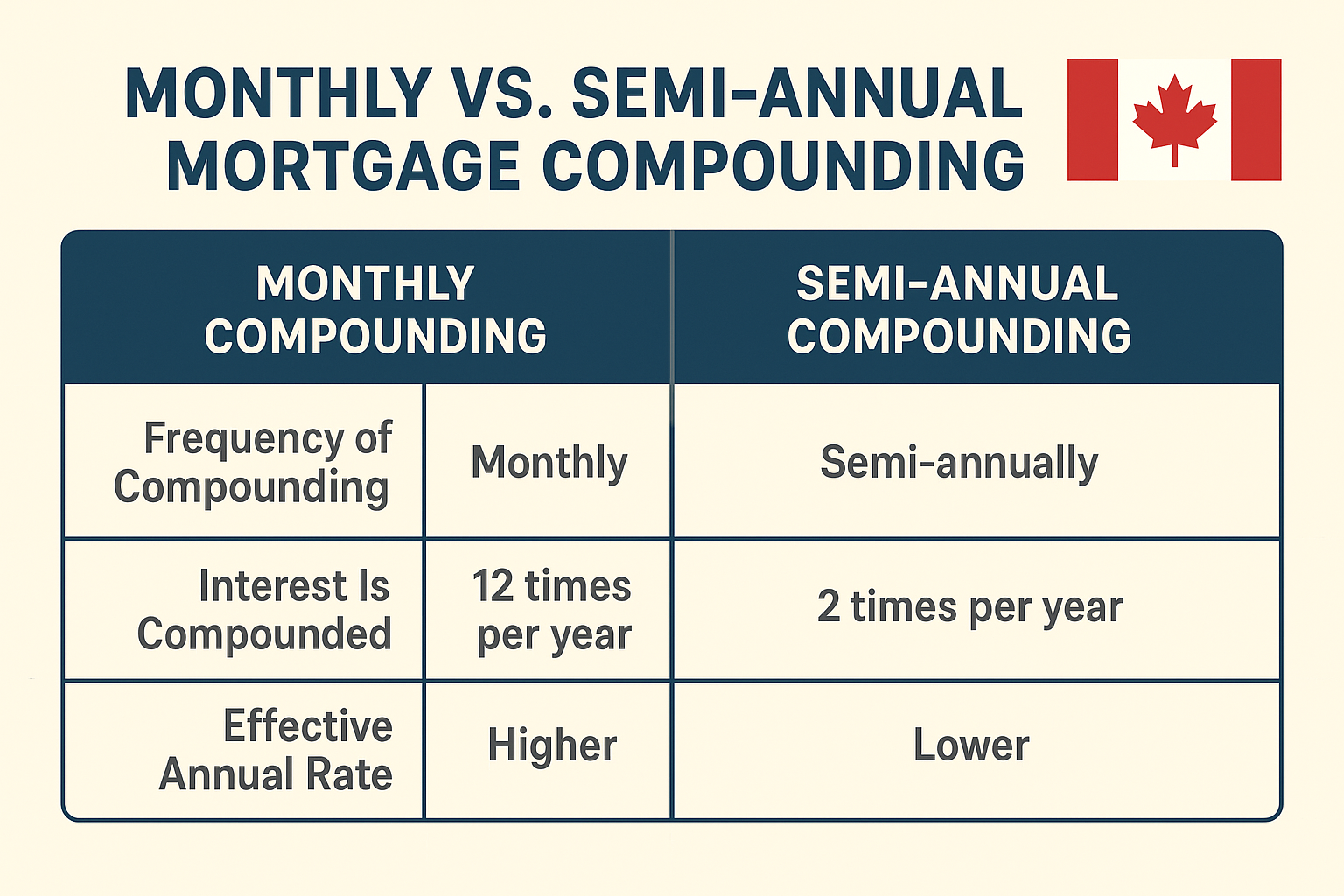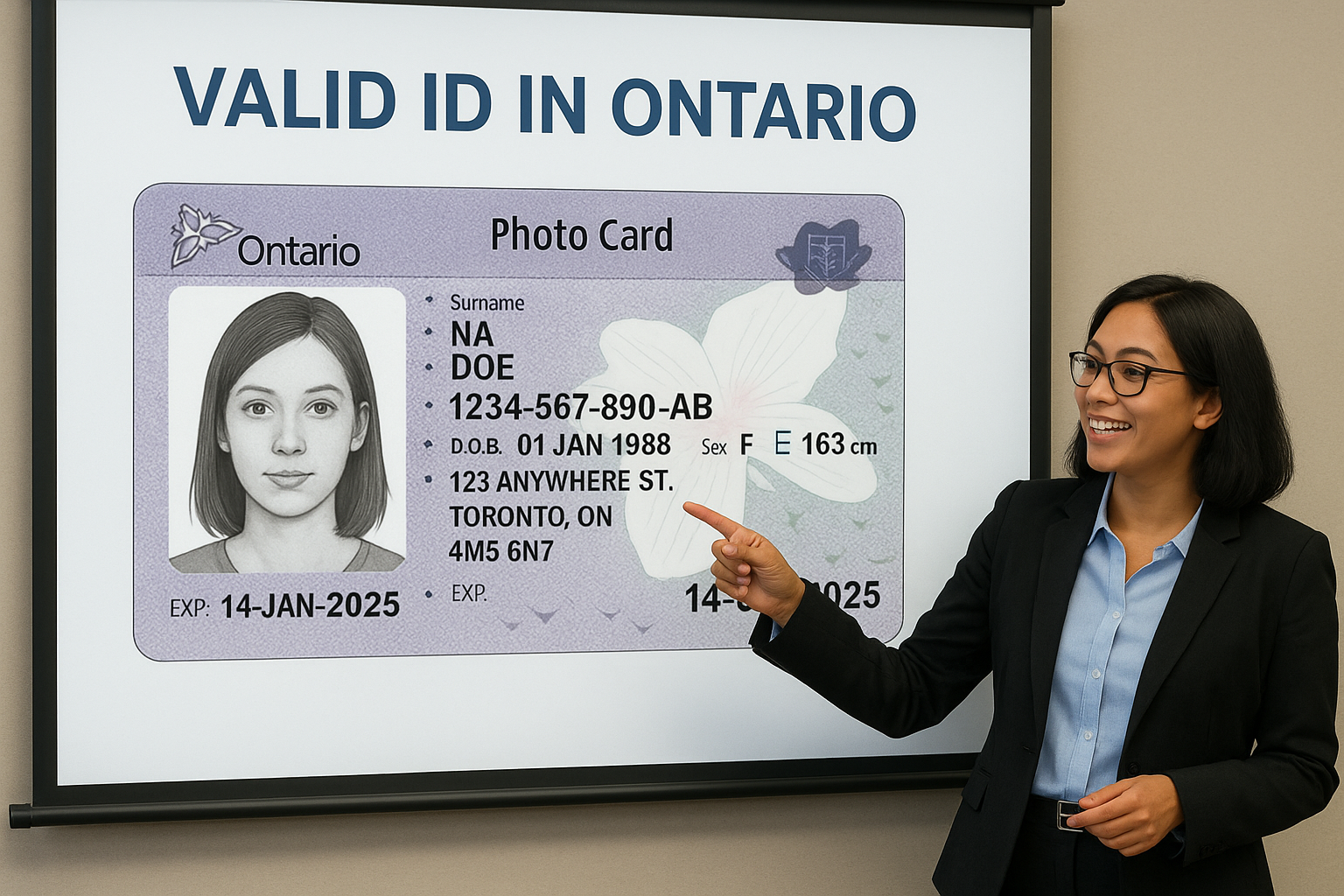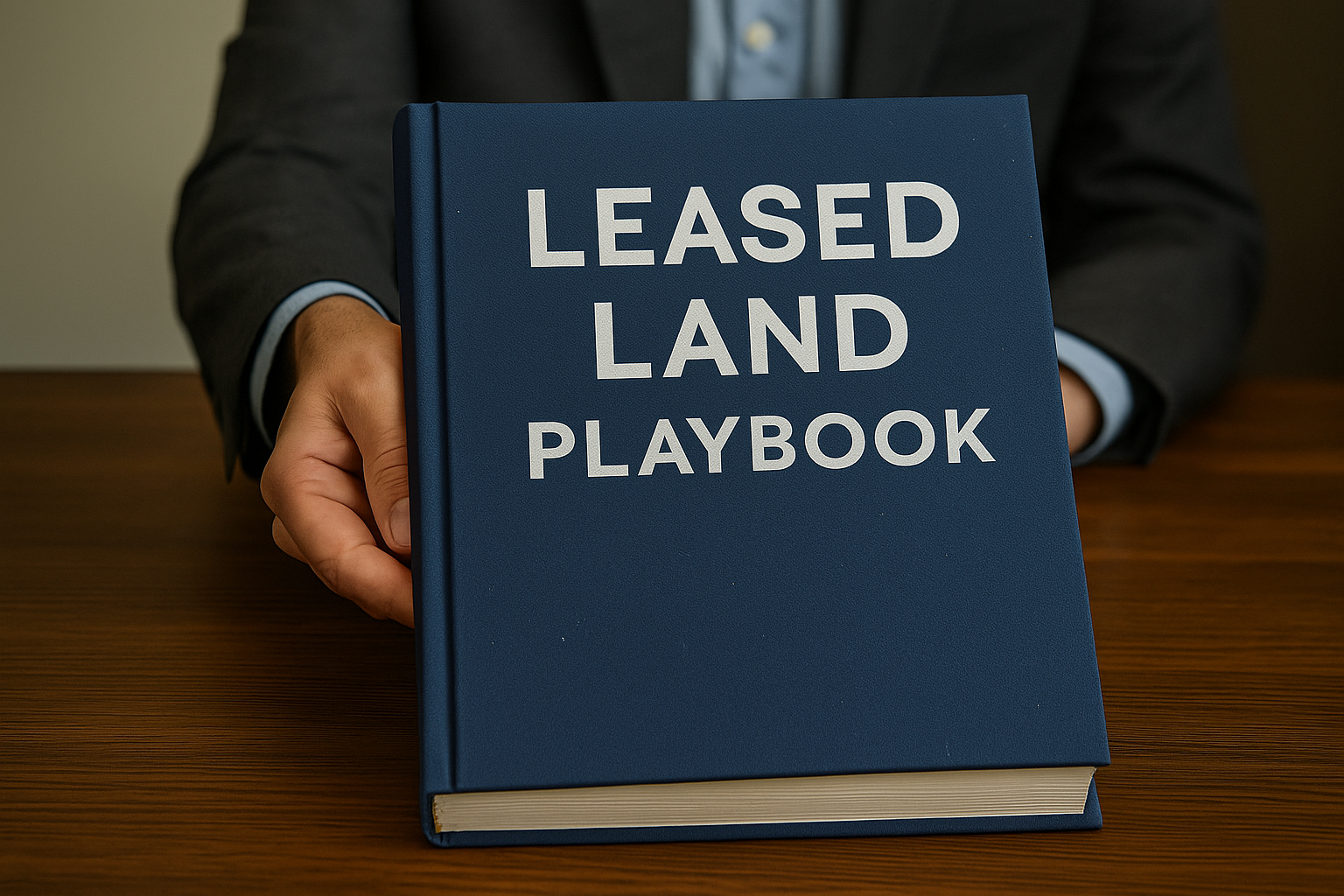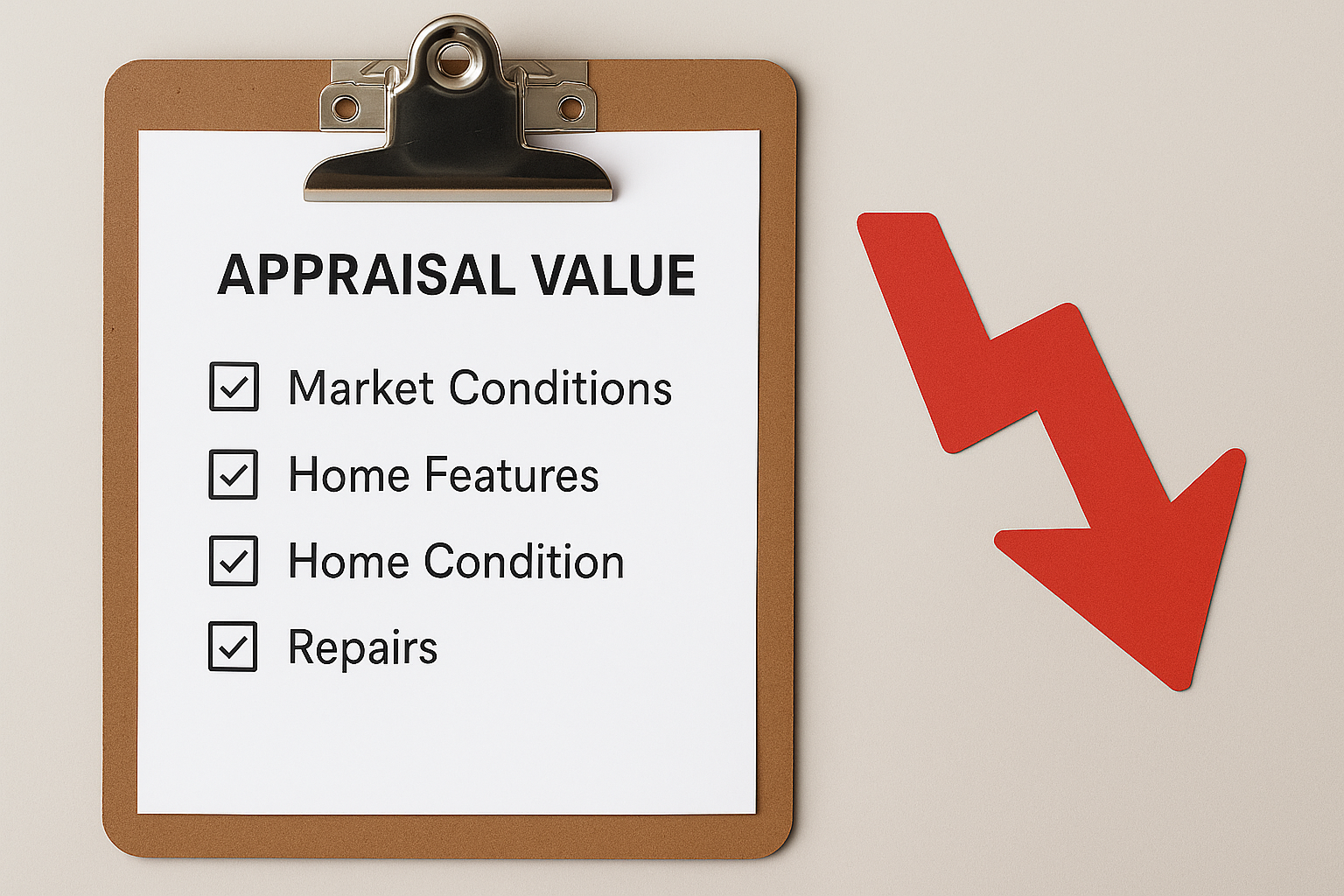In today’s rising-rate environment, more Canadian homeowners are relying on second mortgages to stay afloat. But what happens when payments fall behind? Can the second mortgage lender force the sale of your home? And more importantly, when is it too late for a second mortgagee to take action?
This guide explores the legal rights of second mortgagees in Canada, the Power of Sale process, critical deadlines, and what homeowners need to know to protect their property and equity.
Table of Contents
ToggleUnderstanding Second Mortgages and the Role of the Mortgagee
A second mortgage is a loan secured against your home that sits behind your primary (first) mortgage. The lender providing that loan is referred to as a second mortgagee. Because they are in second position, they take on more risk — if the home is sold or foreclosed on, they only get paid after the first mortgage is satisfied.
Many Canadians use second mortgages to consolidate debt, pay for renovations, or manage unexpected expenses. However, if you fall behind on payments, the second mortgagee has legal tools to recover their funds — including selling the property under Power of Sale.
Did You Know?
According to CMHC data, over 12% of Canadian homeowners now carry a second mortgage — up from just 7% five years ago.
What Happens When Payments Are Missed?
When homeowners default on a second mortgage (typically by missing 2–3 payments), the lender begins the recovery process:
-
Demand Letter: A formal notice requesting payment of arrears.
-
Notice of Sale Under Mortgage: Legally required notice under the Mortgages Act in provinces like Ontario.
-
Redemption Period: The borrower is given time (usually 35+ days) to bring the mortgage current.
-
Power of Sale Process Begins.
Throughout this process, the borrower has the opportunity to stop the sale by paying arrears, refinancing, or negotiating a payment plan. However, the clock is ticking.
Stat Insight:
Power of Sale filings in Ontario have increased by 15% since last year due to rising interest rates and inflation (source: Financial Post).
Power of Sale Explained for Second Mortgagees
Unlike foreclosure, which requires a court order and permanently transfers title, Power of Sale allows a lender to sell the property without court approval — as long as they follow proper legal procedures.
A second mortgagee can exercise Power of Sale, but only if:
-
They have issued a Notice of Sale.
-
The redemption period has expired.
-
They pay off or “redeem” the first mortgage (if necessary).
In many cases, second mortgagees don’t want to enforce a sale unless there’s enough equity in the property to repay both the first and second mortgages, plus legal fees.
Example Scenario:
A second mortgage lender initiates Power of Sale after a borrower misses 4 payments. The property is worth $700,000, with a first mortgage of $500,000 and a second mortgage of $80,000. After paying all costs, the second lender recovers most of their funds — but only because the property had enough equity.
Legal Limitations: Can a Second Mortgagee Enforce a Sale?
Yes — a second mortgagee has legal standing to initiate Power of Sale or foreclosure, even if the first mortgage is in good standing. However, they must follow strict guidelines:
-
Notice of Sale: Must be served to the borrower and first mortgagee.
-
Redemption Period: Typically 35–45 days to cure default.
-
Legal Costs: Must be reasonable and justifiable.
-
Proceeds Distribution: Any sale proceeds go to the first mortgagee first, then to the second mortgagee.
📌 Important:
If the first mortgagee also begins a Power of Sale process, the second mortgagee may lose control and priority — making it harder to recover funds.
Timeline of a Second Mortgagee Selling a Property
Here’s a general timeline of how the process unfolds after a default:
-
Day 1–30: Borrower misses payments.
-
Day 31–60: Lender sends a demand letter and registers a Notice of Sale.
-
Day 60–90: Redemption period — borrower has time to pay.
-
Day 90–120: Power of Sale begins — property may be listed for sale.
-
Day 120–180+: Sale closes, proceeds are distributed, and lender recovers funds.
This timeline can vary based on province, lender, and legal delays. Homeowners can act anytime before the closing date to stop the process — but speed is essential.
Risks and Challenges Second Mortgagees Face
While second mortgagees have legal rights, enforcing a Power of Sale carries financial and legal risks:
-
Limited equity may result in little to no recovery.
-
Legal and appraisal fees eat into proceeds.
-
First mortgagee action can override their efforts.
-
Market volatility can lower sale value.
Because of these risks, many second mortgagees try to negotiate before resorting to legal action.
What Happens When the First Mortgagee Has Already Taken Action?
If the first mortgagee initiates a Power of Sale, they control the sale. In this situation:
-
The second mortgagee gets notified but has no authority to stop the sale.
-
If sale proceeds aren’t enough, the second mortgagee may lose their entire investment.
-
The second mortgagee can sue the borrower for the shortfall, but recovery can be difficult.
Example:
John took a $75,000 second mortgage on his Brampton home. After missing 5 payments, the first mortgage lender (who was still being paid) initiated Power of Sale. The home sold, and there was only $10,000 left after the first lender and legal fees. John’s second lender lost money and initiated a lawsuit to recover the rest.
Case Examples
Case 1 – Maria in Mississauga:
Maria had a second mortgage of $60,000 on top of her $420,000 first mortgage. After losing her job, she missed 3 payments. Her second mortgage lender acted quickly and issued a Notice of Sale. With help from a broker, Maria refinanced before the Power of Sale completed — saving her home and consolidating her debts.
Case 2 – Devon in Windsor:
Devon ignored letters from both lenders. The first mortgagee initiated Power of Sale and sold the property. After closing, there was no money left for the second mortgagee. Devon is now being sued for the $55,000 balance.
How Borrowers Can Act Before It’s Too Late
If you’re behind on your second mortgage — don’t panic. You have options:
✅ Refinance: Use a home equity loan to pay off arrears.
✅ Debt Consolidation: Merge debts into one manageable payment.
✅ Sell Before Lender Action: Selling the home yourself avoids legal costs and protects equity.
✅ Speak with an Expert: The sooner you speak with a mortgage expert, the more solutions you’ll have.
🔗 Explore Home Equity Loan Options
FAQ: Second Mortgagee Power of Sale in Canada
1. Can a second mortgagee sell a property without the first lender’s consent?
Yes — but they must pay off the first mortgage before doing so. The first mortgage lender is registered on title in the first position and must be made whole before anyone else.
2. What is a Notice of Sale under a second mortgage?
It’s a legal notice that starts the Power of Sale process and informs borrowers of their rights and timelines. This is commonly sent by registered mail, and sometimes copies are emailed depending the the mortgage lender.
3. How long do I have after receiving a Notice of Sale?
Typically, 35–45 days, depending on your province. This is called the redemption period. While this may seem like a lot of time, it’s important to act quickly to avoid accumulating interest.
4. Can I stop the second mortgagee from selling my home?
Yes — by paying the arrears, refinancing, or negotiating a settlement before the sale closes.
5. What happens if there’s no equity left after the first mortgage is paid?
The second lender may lose their investment and can sue the borrower for the shortfall. As a result, homeowners may have to take money out of pocket to make up for any shortfall.
6. Do I still owe the balance if the sale doesn’t cover the second mortgage?
Yes — unless the lender agrees to forgive the difference, you are still responsible.
7. What are my rights if I fall behind on a second mortgage in Ontario?
You have the right to receive notice, to cure the default, and to seek legal or financial advice to avoid losing your home.
Protecting Your Equity & Getting Help Early
Whether you’re dealing with short-term financial stress, unexpected life changes, or simply being overwhelmed by bills, there is a path forward. It important to explore solutions that allow you to protect what you’ve worked so hard to build.
If you’re worried about falling behind on a second mortgage or have received a Notice of Sale — time is critical. Acting early can help preserve your equity, credit score, and peace of mind. The longer you wait, the fewer options you may have. Once legal proceedings begin, lenders may not be willing to negotiate, and your legal costs could rise quickly. That’s why connecting with a mortgage professional early – even if you’re just thinking you may fall behind – can make all the difference.
At LendToday, our team works with homeowners across Canada to help stop Power of Sale, consolidate debts, and regain control of their finances. Reach out today before it’s too late and find out what your options are.
- How Soon Can You Lose Your House in Canada? The Truth About Foreclosure - July 14, 2025
- Title Insurance: Proven Homeowner Protection in 2025 - July 8, 2025
- ID Requirements for a Mortgage in Ontario: What You Need to Know - July 2, 2025

